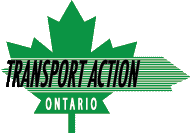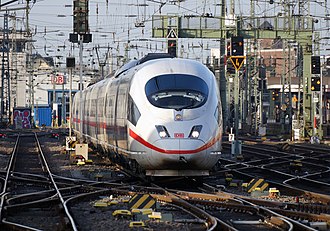
Submission for Pre-Budget Consultations in Advance of Upcoming Federal Budget
By Transport Action Ontario | Intercity Rail and Bus , Latest News , Major Reports , Northern Ontario , Southwestern Ontario
Transport Action Canada and its affiliates, including Transport Action Ontario, have prepared a submission to the House of Commons Finance Committee in advance of Federal Budget 2021, titled Railways as the Key to Unlocking Canadian Productivity, Social Inclusion and Climate Change Performance.
We are proposing that a $5B/yr Strategic Rail Infrastructure Fund be created as part of the Investing in Canada Infrastructure Program. We’ve highlighted eight priority rail projects across Canada which could be implemented before the next federal election.
This investment program would go hand-in-hand with a Fair Rail for Passengers Act drawing upon previously debated legislation.
To read the completion submission, use the link below:



![VIA73VIA900LondonOntarioJuly102019[1]](https://i0.wp.com/ontario.transportaction.ca/wp-content/uploads/2020/07/VIA207320VIA2090020London20Ontario20July20102020191.jpg?resize=904%2C570&ssl=1)
